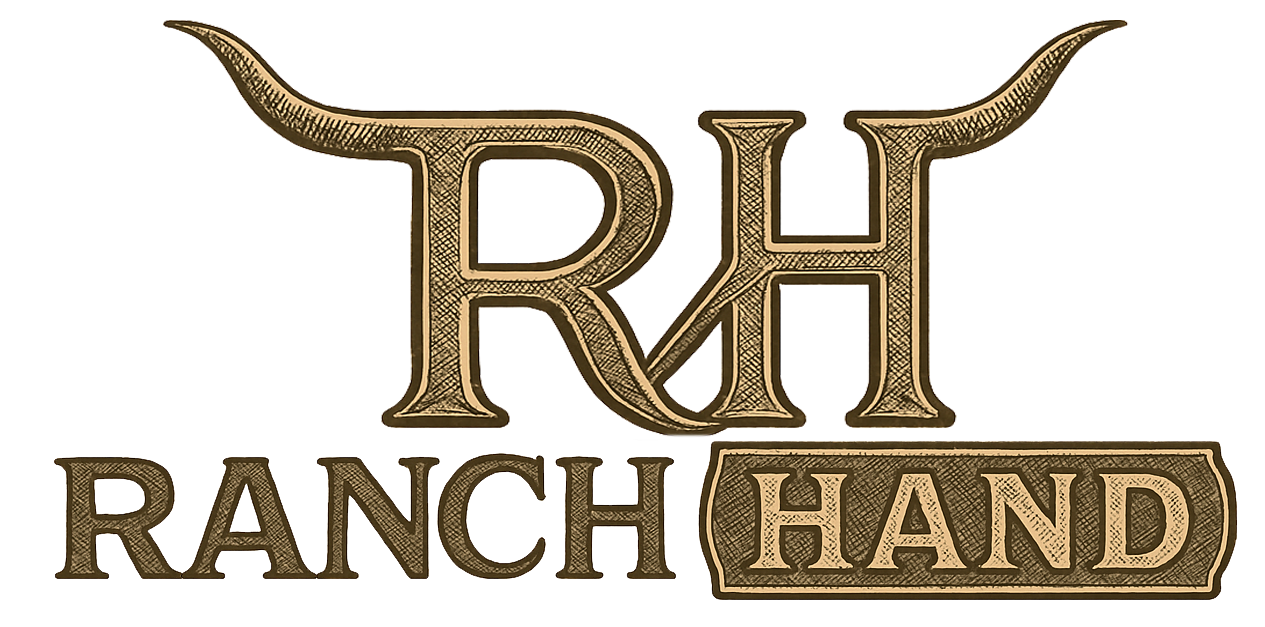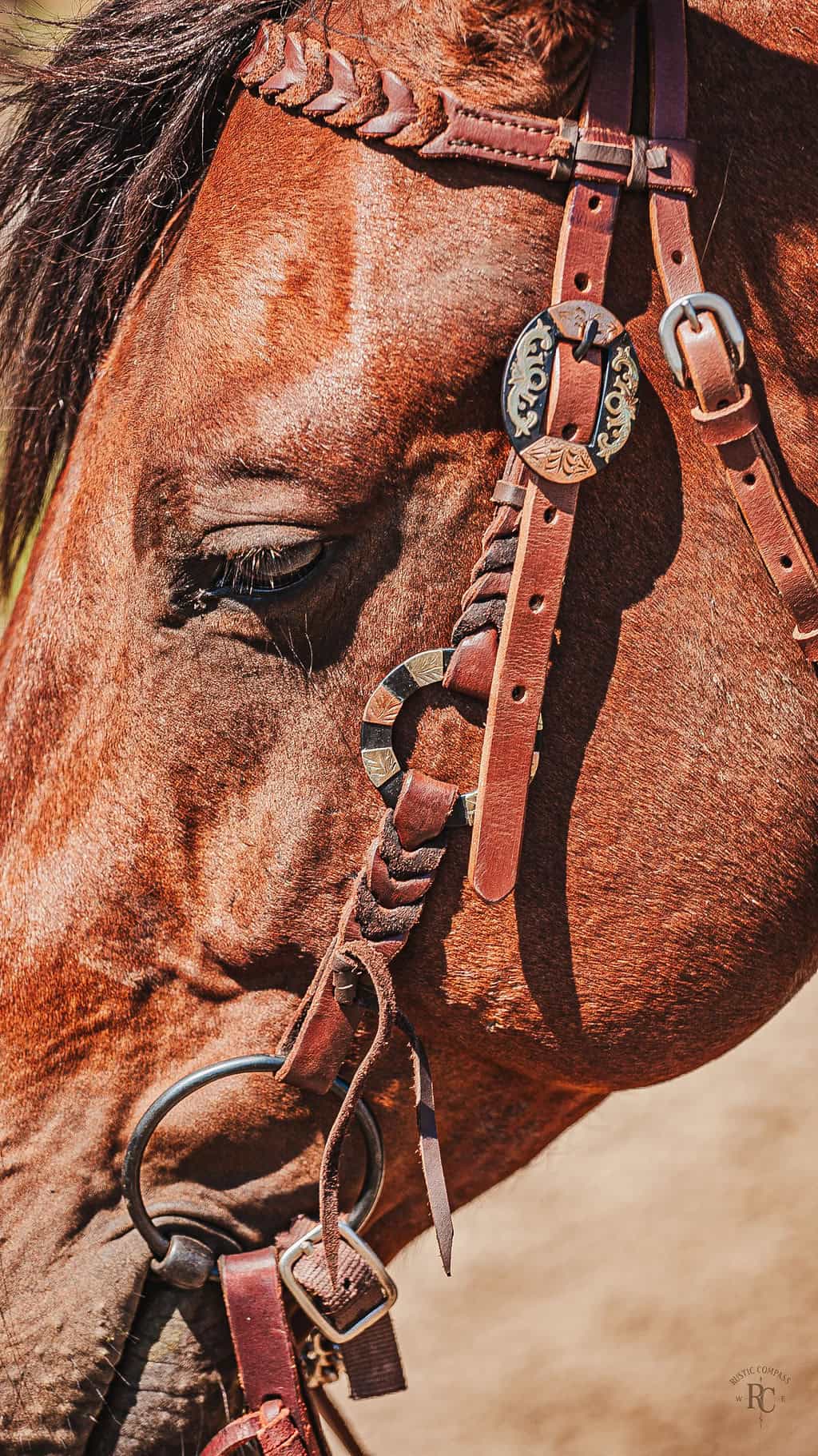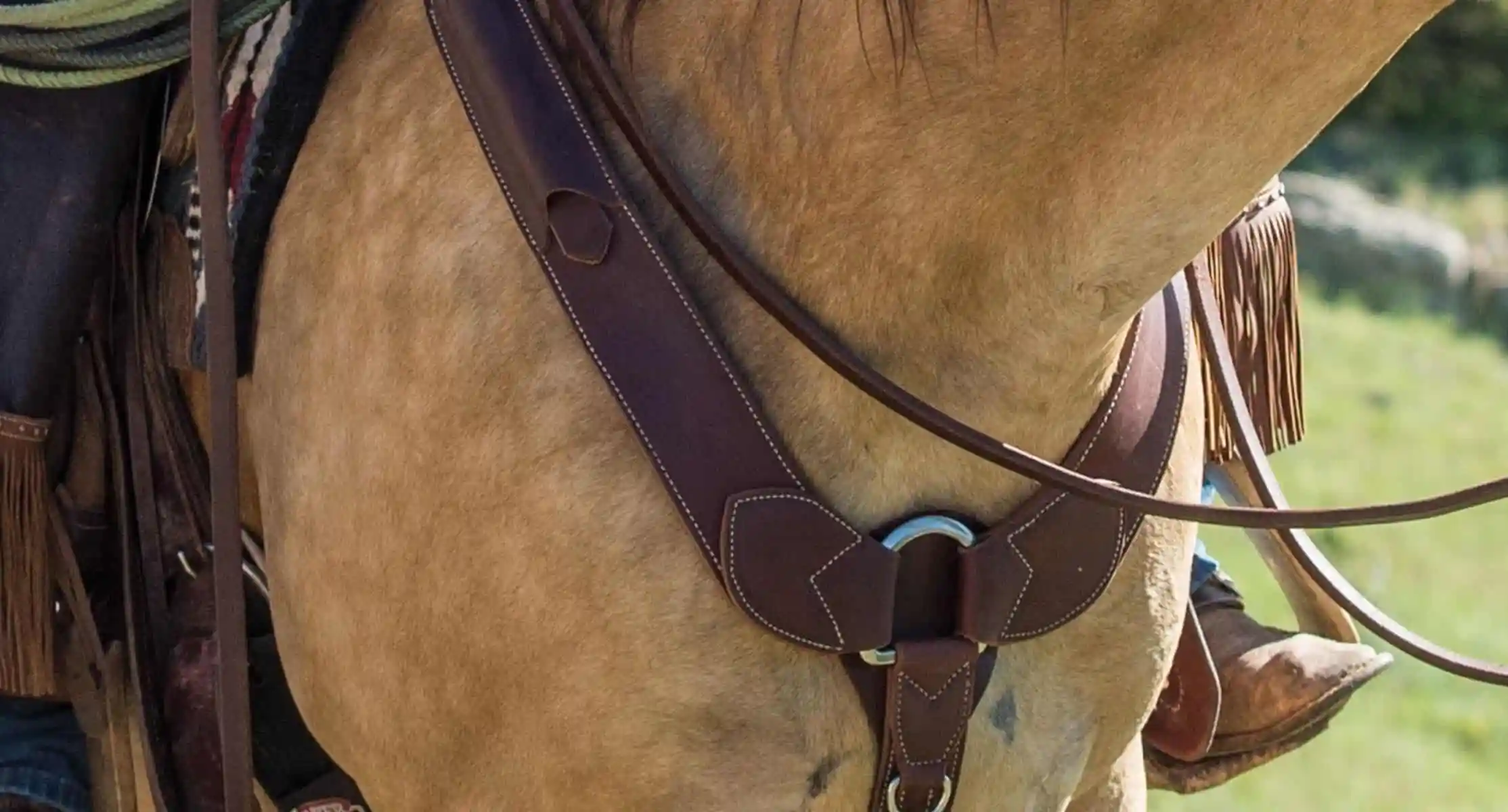Custom Tooled Leather Bridles aren’t just tack gear—they are a statement. Whether you’re in the show ring, the roping arena or out on the trail, a hand-tooled bridle blends beauty with purpose. Riders and horse lovers around the world appreciate these bridles not only for how they look, but also for how they feel and last.
Leather bridles have been used for centuries, evolving from simple rope halters today refined, hand-tooled masterpieces. The craftsmanship involved is impressive. From carving patterns into the leather to hand-stitching every strap, it takes time, skill, and care to make something that works well and looks even better.
These bridles are custom-made, which means they’re designed just for your horse. That makes a big difference in how it fits and feels. A better fit means better communication between rider and horse. It also means less rubbing, pinching, and discomfort.
Tooling is the part that really makes each bridle stand out. It’s a technique used to press or carve patterns into leather. This might include floral designs, scrolls, brands, or initials. Each piece becomes one-of-a-kind. It’s not just gear anymore—it’s personal.
Beyond the good looks, custom tooled leather bridles are made to perform. They hold up to the elements. They’re built for strength and durability. They mold over time to fit your horse perfectly. And let’s face it—they just look sharp.
Where It All Started
Leather bridles go way back. In ancient times, people used rawhide or rope to guide their horses. As riding evolved, so did tack. By the Middle Ages, horse gear became more complex and decorative. Leather became the go-to material because it was strong and could be shaped to fit.
In the American West, tooling leather started as a way to decorate saddles and bridles. Cowboys wanted their gear to look as good as it worked. These traditions still live on today. Modern artisans blend old-school techniques with new tools to create custom tack that’s built to last.
What Makes Tooling Special
Tooling isn’t just about carving pictures. It’s about control. Patterns are made using special tools that press into damp leather. The depth, shape, and design are up to the artist. Some use swivel knives and stamping tools to create flowers, scrolls, and geometric patterns.
Each piece of leather has a different grain and feel, so no two bridles are exactly alike. The tooling process adds texture and depth. It takes hours—sometimes days—to finish one bridle. That’s why they cost more than factory-made versions. But the result? Worth every penny.
Why Go Custom?
Mass-produced bridles come in standard sizes. But horses, like people, aren’t one-size-fits-all. A custom bridle means the noseband, browband, and cheekpieces are all made to match your horse’s exact measurements.
Better fit means better comfort. Your horse can move freely without pressure points or pinching. Plus, a custom bridle just looks cleaner. No floppy straps or weird gaps.
Custom also means personal. Want your initials on the browband? A certain flower tooled into the leather? A special color or stitch? It’s your call.
And here’s the thing: when you invest in custom tack, you’re supporting skilled craftsmen. Real people with real tools making real gear.
How It’s Made
It all starts with picking the right leather. Most makers use high-quality, vegetable-tanned leather. It’s strong but flexible—and perfect for tooling.
The leather is cut into pieces, soaked to soften it, and then tooled by hand. This is where the patterns come in. It’s slow, careful work. After tooling, the leather is dyed, oiled, and sealed. Then it’s stitched together using strong thread—sometimes by machine, but often by hand.
Finally, buckles, keepers, and conchos are added. These little details pull the whole look together.
Choosing the Right Maker
Not all custom bridles are equal. Some makers focus on function, others on fashion. The best ones do both. Look for reviews. Check out their portfolio. Ask questions.
Good questions to ask:
- What kind of leather do you use?
- Can I pick the tooling pattern?
- How long does it take?
- Do you offer fitting guides or consultations?
Some well-known artisans include Oakside Saddlery in the UK, Pink Equine for flashy designs, and Western Twist for Western-style bridles. These aren’t cheap—but you get what you pay for.
Taking Care of Your Bridle
A custom tooled leather bridle is an investment. Take care of it and it’ll last for years.
Here’s how:
- Wipe it down after each ride
- Clean with a leather-safe cleaner
- Condition it once a month (more if it’s dry)
- Store it in a cool, dry place
- Keep it out of direct sunlight
If it gets damaged, many makers offer repair services. Don’t wait—fix small issues before they become big ones.
Show It Off
A tooled bridle deserves to be seen. Use it in shows, parades, or even in everyday riding. Pair it with matching reins or a tooled breast collar. The goal is to show off the craftsmanship.
Want to share it online? Clean it, set it on your horse, and snap photos in natural light. Tag the maker—they’ll love the shoutout.
Conclusion
Custom Tooled Leather Bridles offer more than just control—they bring style, fit, and craftsmanship to the world of riding. Whether you’re a weekend trail rider or a seasoned Ranch Hand, these bridles tell a story about your horse, your ride, and your respect for quality gear. Whether you ride Western, English, or just for fun, a custom bridle adds a touch of art to every ride.
Support local artisans. Choose quality over quantity. And give your horse gear that works hard and looks great.
Frequently-Asked Questions (FAQs)
How much does a custom tooled leather bridle cost?
Prices can range from $150 to over $500, depending on the maker, materials, and tooling detail.
How long does it take to make one?
Most custom bridles take 2–6 weeks, but it depends on the complexity and the maker’s schedule.
Can I design my own tooling pattern?
Yes, many artisans let you choose or even submit your own design.
Are these bridles suitable for daily riding?
Absolutely. They’re built to be durable. Just remember to clean and condition them regularly.
What if my horse measurements change?
Some bridles allow for adjustments. Otherwise, you might need a new one. That’s why some riders wait until their horse is fully grown.




